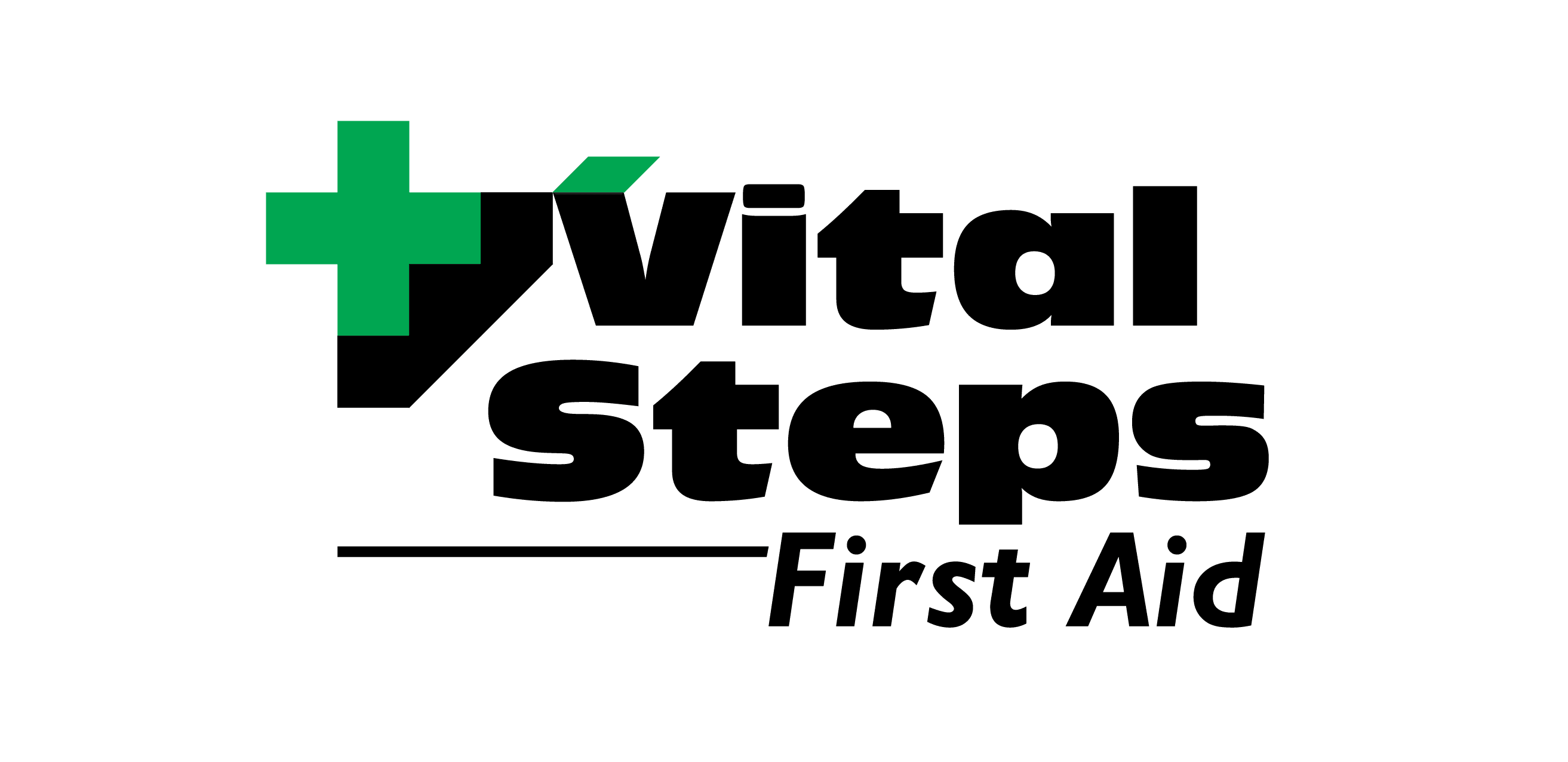Keep reading to learn what each class covers and who should take what.
Certification vs Recertification
All courses (except for Airway Management and Oxygen Therapy) have shorter versions for recertifying.
Standard First Aid
This course is for:
Anyone in the general public, and for mandatory work requirements.
If you want to take a first aid course, then this is the one you’d choose.
Before the 3 years are up, it’s time to recertify.
Learn first aid and CPR (cardiopulmonary resuscitation) skills, which include (but aren’t limited to):
- The EMS system
- Airway emergencies
- Breathing and Circulation emergencies
- First aid for respiratory and cardiac arrest
- Wound care
- Head and spine injuries
- Bone, muscle and joint injuries
- Sudden Medical Emergencies
- Environmental Emergencies
- Poisons
Basic Life Support
This course is for:
- Nurses
- Care aides
- Dental professionals
- Medical office employees
Pre-hospital care groups, such as:
- Fire departments
- Rescue teams
- Sports therapists,
- Lifeguards
- SCUBA divers
- Ski patrols
Before the 1 year is up, it’s time to recertify.
- How to perform CPR (cardiopulmonary resuscitation) in a team environment
- Steps for rapid assessment
- Basic Life Support (BLS) skills
- How to perform rapid defibrillation, which includes the use of an
- Automated External Defibrillator (AED)
It also gives you the following skills:
- Glove removal
- Primary Assessment
- CPR
- Automated External Defibrillator (AED)
- Airway Obstruction
- Assisted Ventilation
- Basic Life Support special considerations
CPR / AED
This course is for:
Before the 3 years are up, it’s time to recertify.
Learn CPR (cardiopulmonary resuscitation) skills that help you recognize and respond to cardiovascular emergencies and
choking.
You also learn how to use an automated external defibrillator (AED).
There are 2 levels of CPR, A and C.
CPR A
Some of the skills you learn when you take a CPR A course:
- Responding to Emergencies
- Recovery position
- Adult choking
- Medication assistance
- Angina and heart attack recognition
- Stroke recognition
- Adult CPR and AED
- Deadly bleeding response
CPR C
You learn all of the skills in a CPR A course, as well as:
- Child and baby choking
- Child and baby CPR and AED
Community Emergency First Aid
This course is for:
Anyone in the general public.
Before the 3 years are up, it’s time to recertify.
Learn some of the standard first aid and CPR (cardiopulmonary resuscitation) skills such as (but not limited to):
- Response preparation
- Minor wound care
- Airway, breathing and circulation emergencies
- CPR with AED
- Bone, muscle and joint injuries
- Primary and secondary survey (e.g. checking for a pulse)
- Secondary care that’s not life-threatening (e.g. allergies)
- Stroke care
Workplace Emergency First Aid / OFA Level 1 Requirement
This course is for:
Before the 3 years are up, it’s time to recertify.
Learn a basic overview of first aid and CPR (cardiopulmonary resuscitation) skills such as (but not limited to):
- Response preparation
- Minor wound care\
- WorkSafe BC and OHS paperwork
- Spinal management
- Head trauma
- Airway, breathing and circulation emergencies
- CPR with AED
- Primary and secondary survey (e.g. checking for a pulse)
- Secondary care that’s not life-threatening (e.g. allergies)
- Stroke care
Youth Leader – Babysitting
This course is for:
This course teaches youths:
- How to manage difficult behaviours
- How to be a leader
- Professional conduct as a babysitter
The First Aid they learn includes:
- Check, Call, Care (includes phoning EMS/911)
- Glove removal
- Recovery position
- Conscious choking (adult/child/baby/alone)
- CPR (baby/child)
- Illness
- Asthma (includes use of inhaler and spacer)
- Anaphylaxis (includes use of EpiPen)
- Poisoning
- Insect stings
- Wound care (i.e. minor cuts and scrapes, splinters, nosebleeds, bumps and bruises, life-threatening bleeding, burns)
- Head, neck and back injuries
- Broken bones
- Seizures
Oxygen Therapy
Option To Be Added To Basic Life Support
This course is for:
In-facility and health care providers, such as:
- Nurses
- Care aides,
- Dental professionals
- Medical office employees
Pre-hospital care groups, such as:
- Fire departments
- Rescue teams
- Sports therapists,
- Lifeguards
- SCUBA divers
- Ski patrols
Before the 3 years are up, it’s time to recertify.
This course teaches you how to:
- Identify when to administer supplemental oxygen
- Administer supplemental oxygen
- Properly handle and assemble equipment
It also teaches you the following skills:
- Pulse oximetry
- Supplemental oxygen
- Oxygen cylinders
- Oxygen regulators
- Oxygen delivery devices
- Administering oxygen
You can combine this course with the Basic Life Support course for additional certification.
Airway Management
Option To Be Added To Basic Life Support
This course is for:
In-facility and health care providers, such as:
- Nurses
- Care aides,
- Dental professionals
- Medical office employees
Pre-hospital care groups, such as:
- Fire departments
- Rescue teams
- Sports therapists,
- Lifeguards
- SCUBA divers
- Ski patrols
Before the 3 years are up, it’s time to recertify.
This course teaches you how to:
- Create a patent airway and how to maintain it
- Measure and insert airway adjuncts
It also gives you the following skills:
- Opening the mouth
- Cross finger technique
- Tongue-jaw lift
- Oropharyngeal (OPA) airways
- Nasopharyngeal (NPA) airways
- Supraglottic airways
- Suction
You can combine this course with the Basic Life Support course for additional certification.
